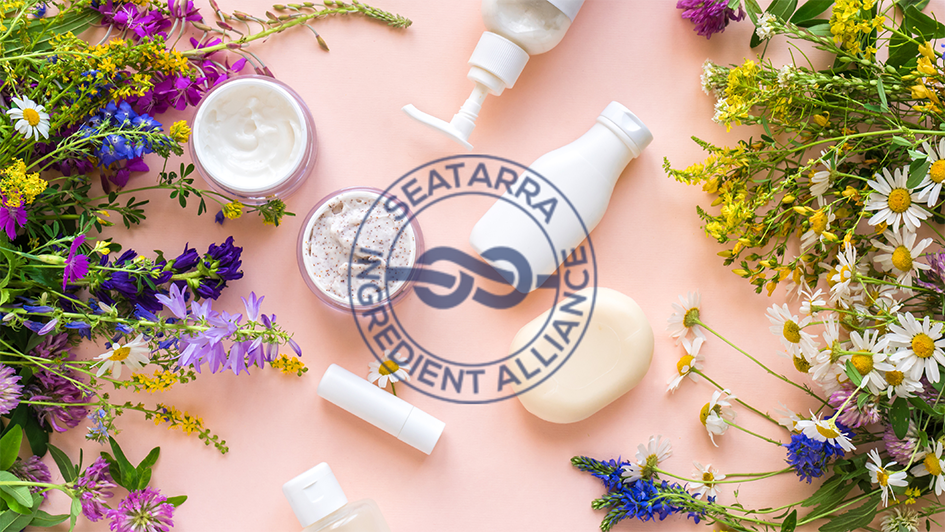
The Botanical Backbone of Clean Beauty: What’s Hiding in Your Cosmetics?
In the evolving world of beauty and skincare, the shift towards ‘clean beauty’ has become more than a trend – it’s a movement. Central to this revolution is the use of botanical ingredients, which are playing an increasingly vital role in the products we use daily. This blog post delves into the botanical backbone of clean beauty, exploring the hidden world of what’s really in your cosmetics.
The Rise of Clean Beauty
The clean beauty movement has emerged from a growing awareness of the potentially harmful chemicals used in traditional cosmetics. Consumers are now demanding transparency and seeking products that are not only effective but also safe and sustainable.
Defining Clean Beauty
Clean beauty refers to products that are mindfully created and produced without any proven or suspected toxic ingredients. These products typically include ingredients that are ethically sourced and made with the health of the body and the environment in mind.
Botanicals: The Heart of Clean Beauty
Botanicals are at the forefront of this movement. Derived from plants – including flowers, herbs, roots, leaves, and seeds – these natural ingredients are lauded for their healing, nourishing, and restorative properties.
Why Botanicals?
Botanical ingredients are favored in clean beauty for several reasons. They are generally gentler on the skin, biodegradable, and they come with a host of skin benefits. From anti-inflammatory properties to antioxidants, botanicals offer a natural solution to skincare concerns.
What’s Hiding in Your Cosmetics?
While the word ‘botanical’ might evoke a sense of safety and naturalness, it’s essential to understand what exactly goes into these products.
The Power of Plant Extracts
Plant extracts are commonly used in clean beauty products. These are concentrated forms of a plant, capturing its essence and primary benefits. Examples include rosehip oil, known for its hydrating properties, and tea tree oil, famous for its antibacterial qualities.
Essential Oils: A Double-Edged Sword
Essential oils are another staple in botanical-based cosmetics. However, they can be a double-edged sword. While they offer potent benefits, they can also be irritants, especially for sensitive skin. It’s crucial to understand how your skin reacts to these oils.
The Science Behind Botanicals in Cosmetics
Incorporating botanicals into cosmetics isn’t just a matter of mixing plant extracts into products. It requires scientific understanding of how these ingredients interact with the skin and with each other.
Efficacy and Concentration
The effectiveness of a botanical ingredient depends on its concentration and the way it’s processed. A product boasting a certain plant extract might contain it in such small amounts that it’s ineffective.
Stability and Preservation
Botanical ingredients can be unstable and susceptible to degradation. This challenges formulators to find ways to preserve the integrity of these ingredients without resorting to harsh chemicals.
Sustainable and Ethical Considerations
The clean beauty movement isn’t just about avoiding harmful chemicals; it’s also about sustainability and ethical sourcing.
The Environmental Impact
The sourcing of botanical ingredients can have significant environmental impacts. Overharvesting and unethical farming practices can lead to biodiversity loss and ecological harm.
Ethical Sourcing
Ethical sourcing is paramount in clean beauty. It involves responsible harvesting practices, fair labor conditions, and ensuring that local communities benefit from the botanical trade.
Transparency in Ingredient Labeling
One of the critical aspects of clean beauty is transparency. Consumers have the right to know what’s in their products and in what quantities.
Deciphering Ingredient Labels
Understanding ingredient labels can be challenging. Terms like ‘fragrance’ can be misleading, as they can encompass a range of undisclosed chemicals. Learning to read these labels is crucial for informed choices.
The Future of Botanicals in Cosmetics
As the clean beauty movement continues to grow, we can expect to see more innovation in the use of botanicals in cosmetics.
Advances in Green Chemistry
Green chemistry is likely to play a significant role in the future of clean beauty, with an emphasis on creating safe, effective, and sustainable products.
The Role of Technology
Technology will also influence how botanical ingredients are sourced, processed, and incorporated into cosmetics, making them more effective and sustainable.
Conclusion
The botanical backbone of clean beauty is reshaping the cosmetics industry, offering safer, more natural, and more sustainable options for consumers. As we become more conscious of what we put on our skin, the importance of understanding and embracing botanical ingredients cannot be overstated. By choosing clean beauty, we are not only taking care of our health but also contributing to a more sustainable and ethical world.



